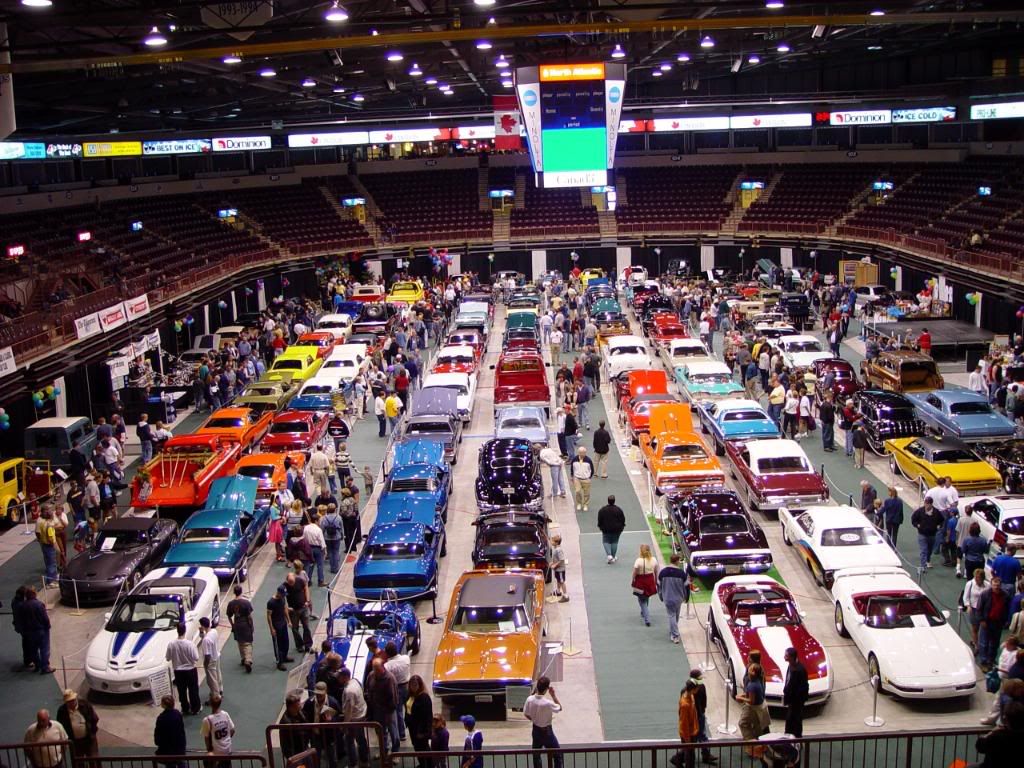Some of our math lessons come at the most unlikely times. Our car ride to the Canada Day celebrations yesterday was one of those times.
Up until now, I have explained evening rush hour as the time when "everybody" is going home; that's why there are so many cars on the road. SpiderGirl lately has questioned a couple of times, why are there still cars on the road when it's getting dark? Why aren't they home? And yesterday she asked (at 8:00 pm), "Is it still rush hour?" In response, I asked, "Do you know how many people live in Greater Vancouver?"
Now, I remembered that there are 2 to 3 million people in Greater Vancouver. (According to the 2006 census, the population of Metro Vancouver is 2.1 million.) How many is 2 to 3 million?
Well, suppose each person is a pea.
And, I would estimate about 2 to 3 hundred peas in a small bowl.
And about 1000 bowls of peas would fit into our car.
So let's see... That's 2 to 3 hundred multiplied by 1000... That would be 2 to 3 times 10 000 peas in a car.
But we need 2 to 3 times 1000 000 -- 2 more zeros to go. That's 100 cars, all filled with peas!
Now, remember that each of those peas is a person. That's how many people there are in Greater Vancouver.
Getting back to the reason for this exercise, if there are so many people in Vancouver, would we think that they all follow the same schedule? Well, no, they don't. In fact, even in the middle of the night at 3:00 in the morning, there are sometimes a couple of cars on the road. (Hmm, that looks like a statistics lesson right there.)
SpiderGirl was much happier with the greater understanding of rush hour, people's habits, and just how many people we live amongst.



No comments:
Post a Comment